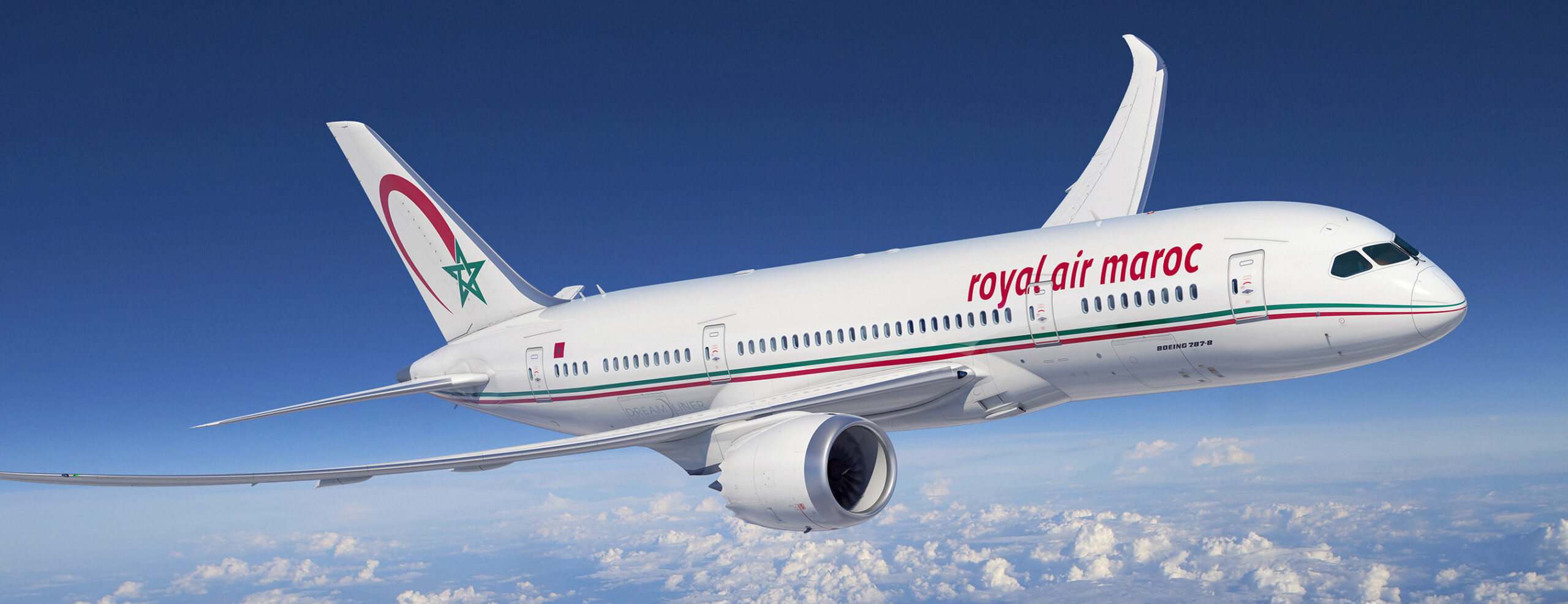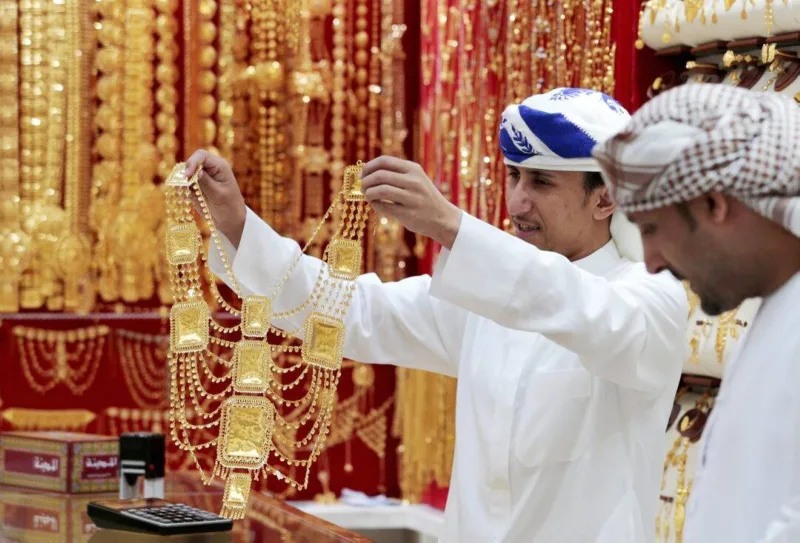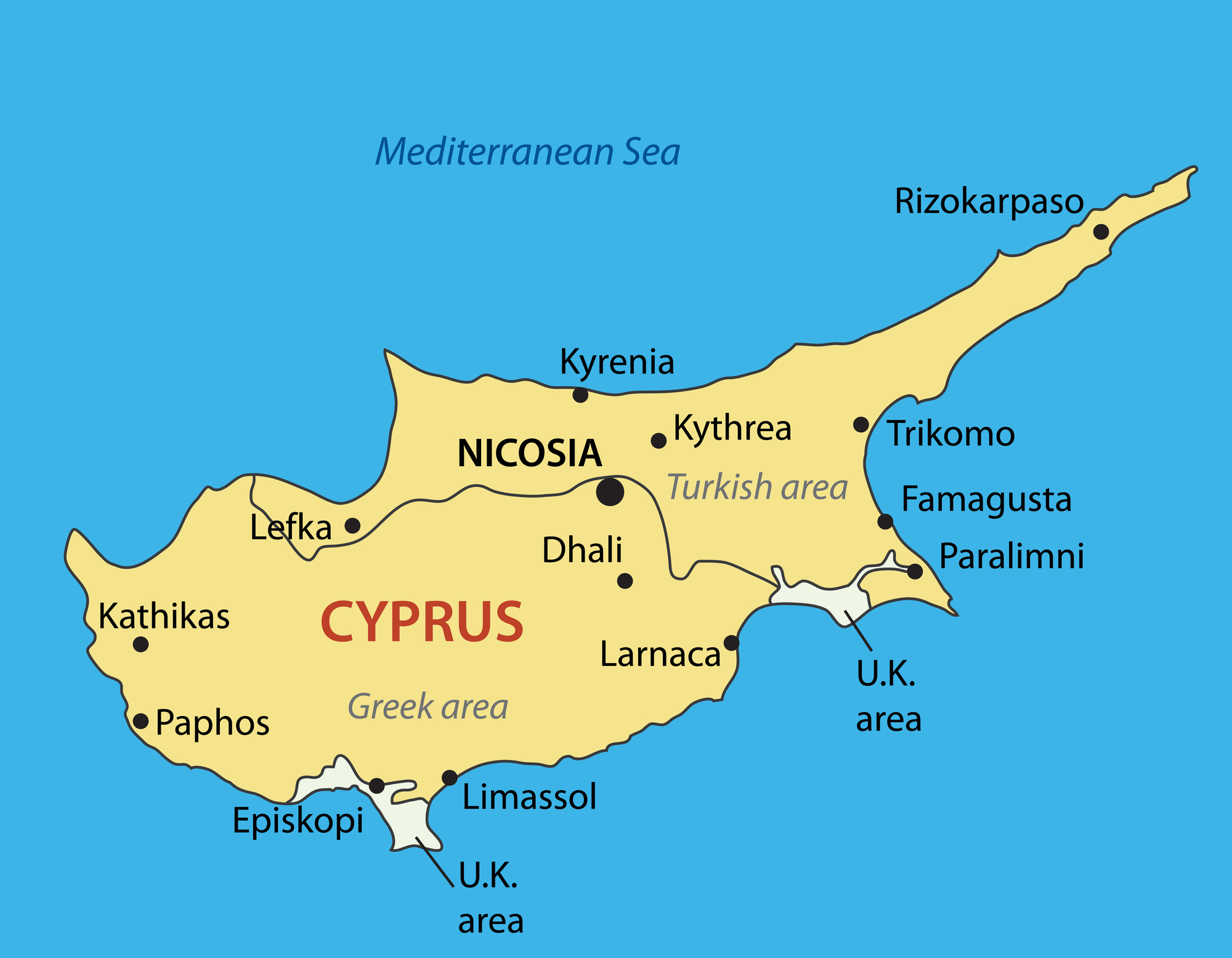With President Trump winning the US elections and geopolitical tensions subsiding by the end of 2024, global financial and commodities markets are set for a new chapter. In the UAE, projections show an upward trajectory for gold and silver prices, while diversification efforts seem to be loosening the grip of oil revenues on the national economy. Here’s an outlook of major gold, silver and oil trends expected in the UAE’s commodities market in the following months in light of recent developments.
Gold has risen beyond 11% in 2025 so far, marking highs near $2,950/ounce, driving upside risk potential beyond the $3,000/ounce mark as Trump policies ripple global uncertainties across the commodity, currency, and equity markets.
“As the UAE favors tax free gold investments, alongside its involvement in BRICS+, connecting with the world’s biggest gold producers between Russia, China, and India, the annual demand for bar and coins in the region increased by 15% between 2023 and 2024 from 11.5 to 13.3 tons according to WGC and approximately 20 to 30% of all gold traded globally each year passes through Dubai, according to DMCC”, confirmed Razan Hilal, Market Analyst, CMT at FOREX.com, adding: “these metrics are expected to increase if global inflation and geopolitical concerns persist in 2025.”
The demand for silver is also expected to grow in 2025 with the UAE making significant investments in technology, AI, and renewable energy. Additionally, large economies — most notably China — are increasingly importing silver to support their tech and industrial production, which may positively influence long-term supply and pricing trends.
Hilal comments: “For silver to extend its rally toward $37 and $40, it must secure a clean close above $35. Achieving this milestone could enhance investor interest and trade volumes in the region, supported by favorable taxation policies and advanced trading platforms within the fintech sector.”
In terms of Oil performance, the oil market has declined by nearly 50%, in parallel to a 3.6% contraction in the UAE’s economic growth between 2022 and 2024, dropping from 7.6% in 2022 to an estimated 4% in 2024. However, returns from investments including real estate, technology, and tourism are expected to sustain the region’s resilience, especially that these sectors form the cornerstone of the UAE’s diversified economic plan.
Hilal adds: “The UAE MSCI Index is currently recording notable growth, surpassing its June 2022 highs and exceeding the 17-point mark, which reflects the region’s overall strength despite setbacks in the oil sector. Furthermore, despite the volatility of oil prices, oil revenues could still help support the economy in the event of sanctions or renewed geopolitical tensions related to Trump’s policies, while the diversified economic strategy serves to cushion potential risks.”
According to the Emirates News Agency – WAM, the UAE’s non-oil trade with its top 10 global partners grew by 10%, while trade with other countries grew by 19.2% in 2024 compared to 2023.
One of the main reasons behind this record-breaking trade performance was the surge in non-oil goods exports, reaching Dhs561.2 billion in 2024. Non-oil exports under the CEPA agreements amounted to Dhs135 billion, reflecting a 42.3% growth and accounting for 24% of total non-oil exports. This further confirms the positive impact of the national diversification efforts on the UAE’s overall economy.
Meanwhile, gold prices gained on Monday, following a more than three-week low in the previous session, as they drew support from a weaker dollar and safe-haven buying triggered by concern over US President Donald Trump’s tariff policies.
Spot gold gained 0.5% to $2,873.93 an ounce by 1209 GMT. US gold futures rose 1.3% to $2,885.
The dollar index dropped by 0.6% from a more than two-week high in the previous session, reflecting weakness that makes dollar-priced gold less expensive for buyers holding other currencies.
“Gold’s downside remains limited, given the apparent demand for safe havens amid rising geopolitical and economic growth uncertainties,” said Han Tan, Exinity Group’s chief market analyst.
Trump last week threatened China with an extra 10% duty, set to take effect on Tuesday, resulting in a cumulative 20% tariff.
Despite being widely viewed as a hedge against geopolitical uncertainty, non-yielding gold becomes less attractive to investors when interest rates rise.
Gold fell more than 1% in the previous session, retreating from record highs breached on multiple occasions this year, after US inflation data suggested that the Federal Reserve could adopt a cautious stance on cutting interest rates this year.
Traders await the US payrolls report due later this week for more clues on the Fed’s monetary policy.
“Our forecast for gold to reach $3,000/oz this year is unchanged,” UBS analysts wrote, adding that it could reach as high as $3,200 in certain risk scenarios.





